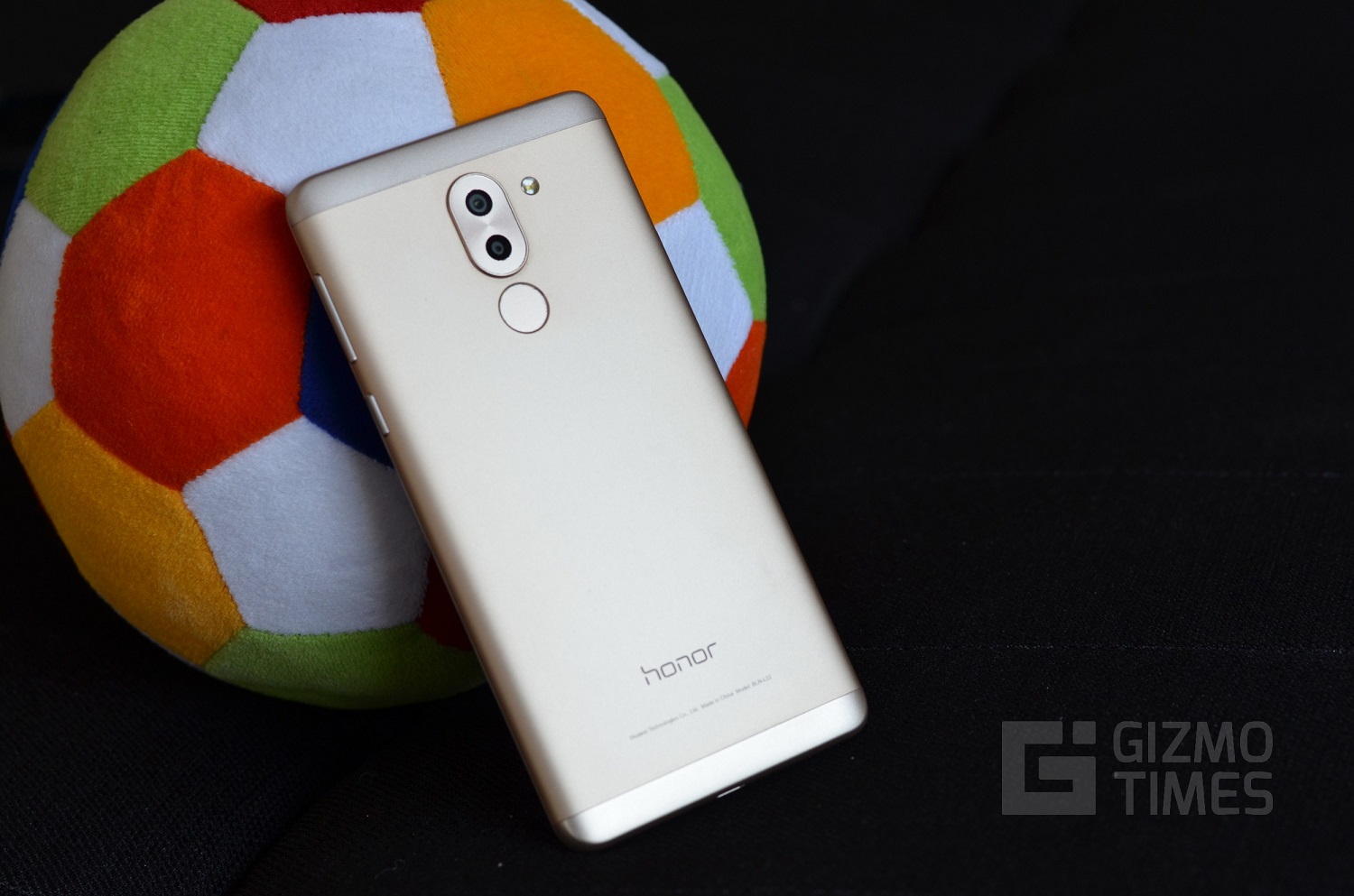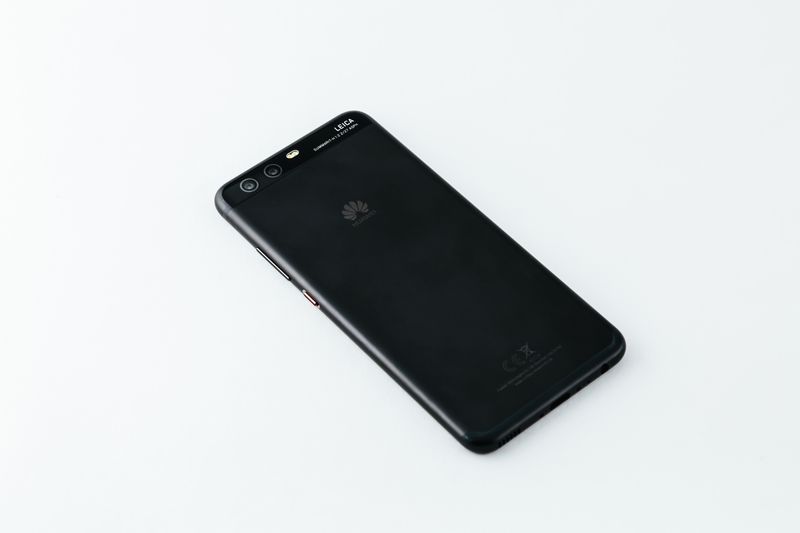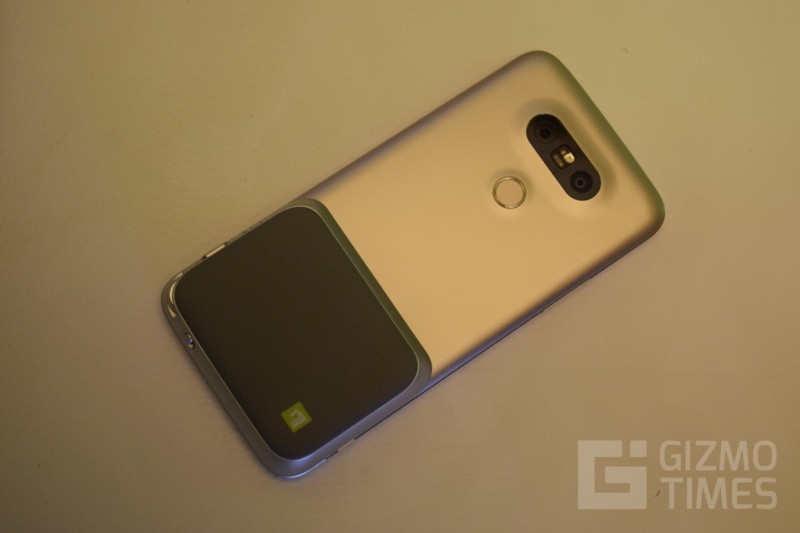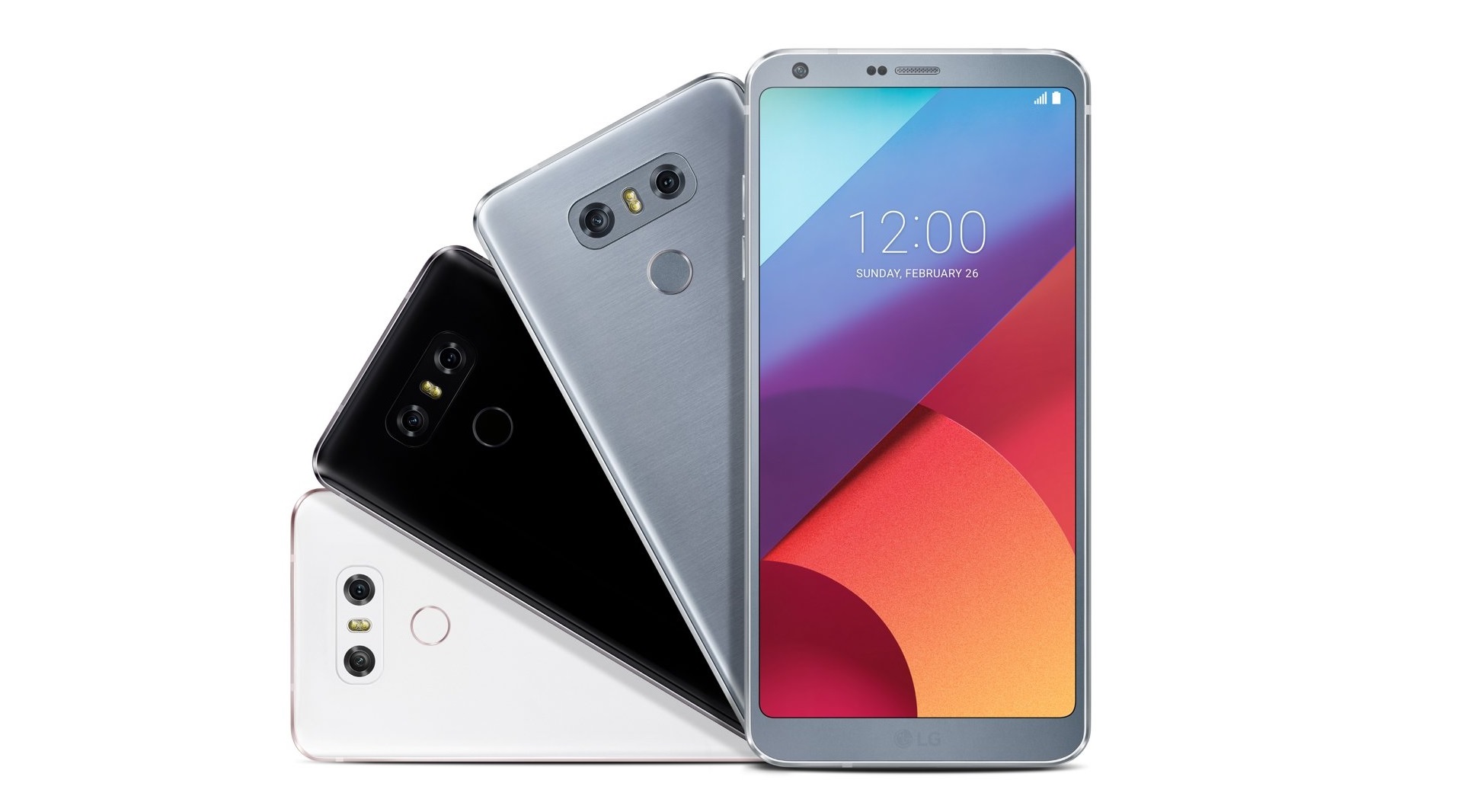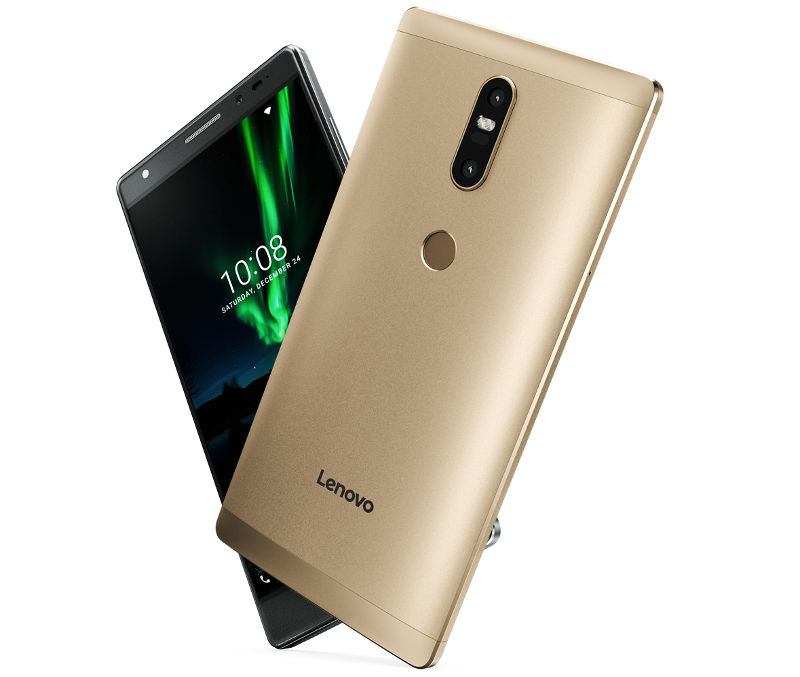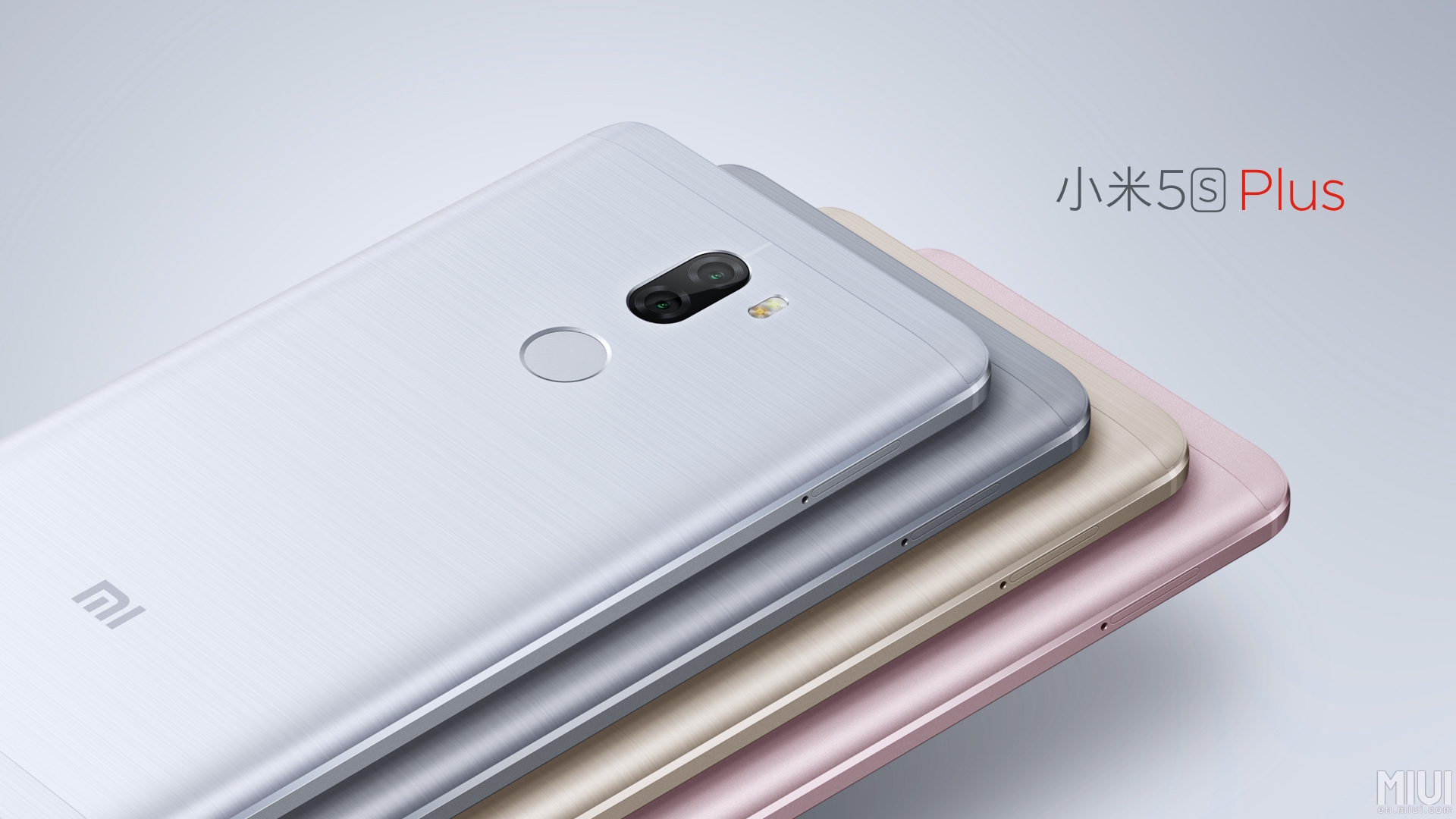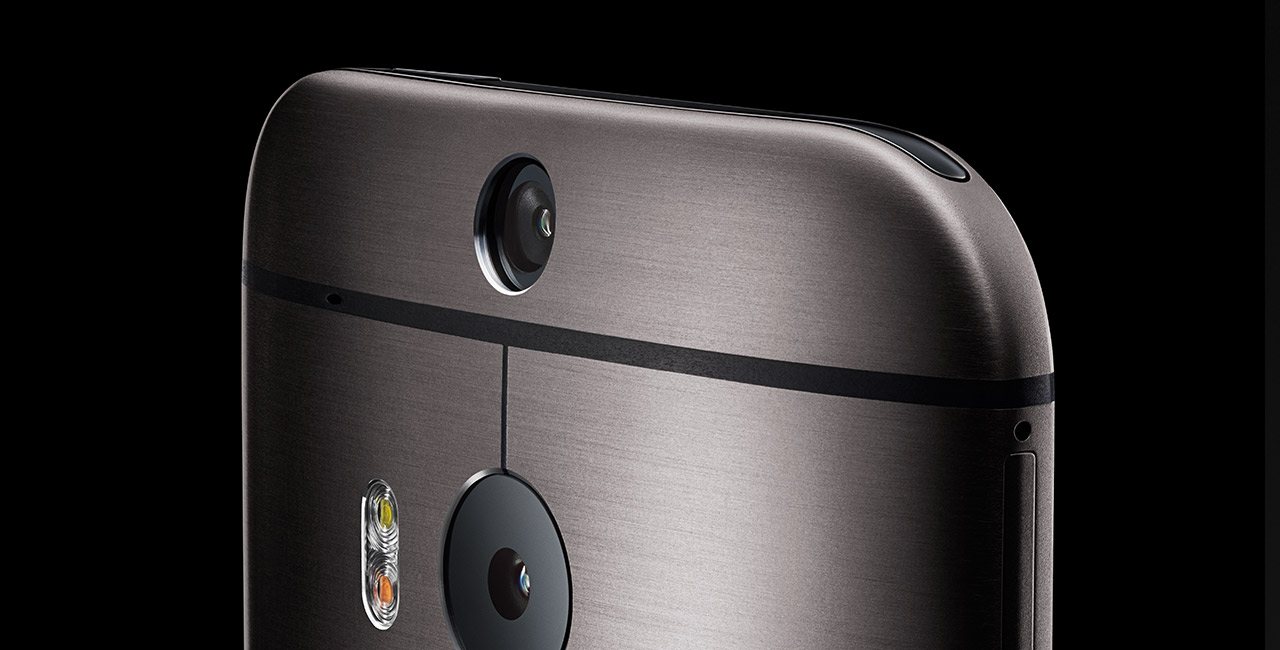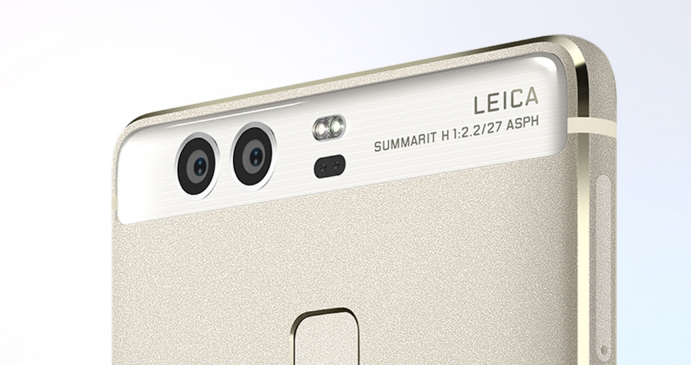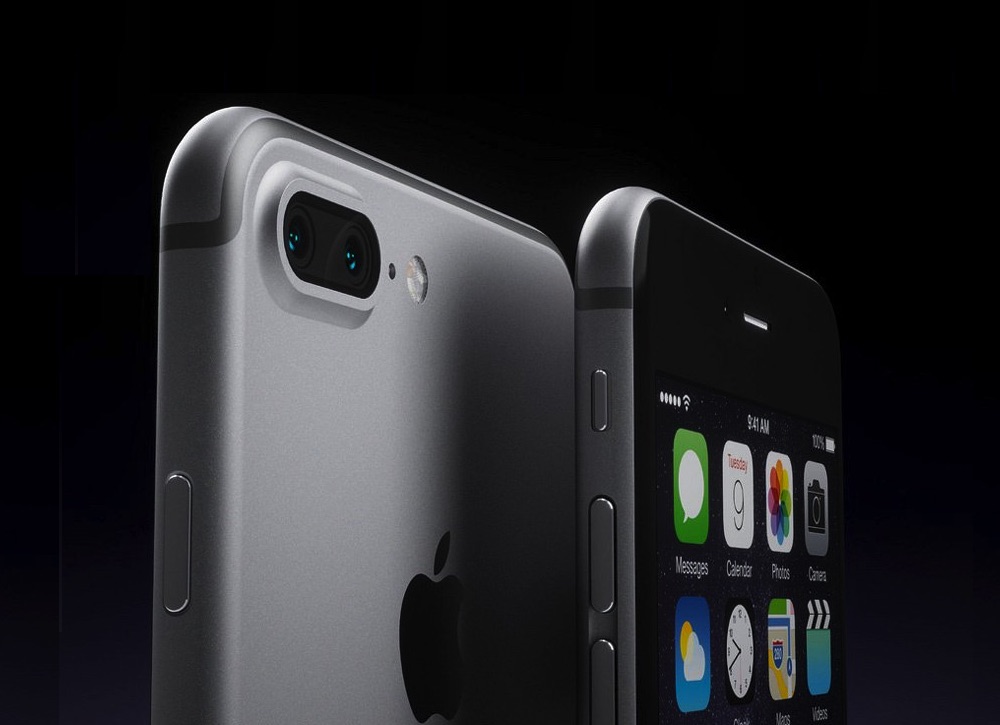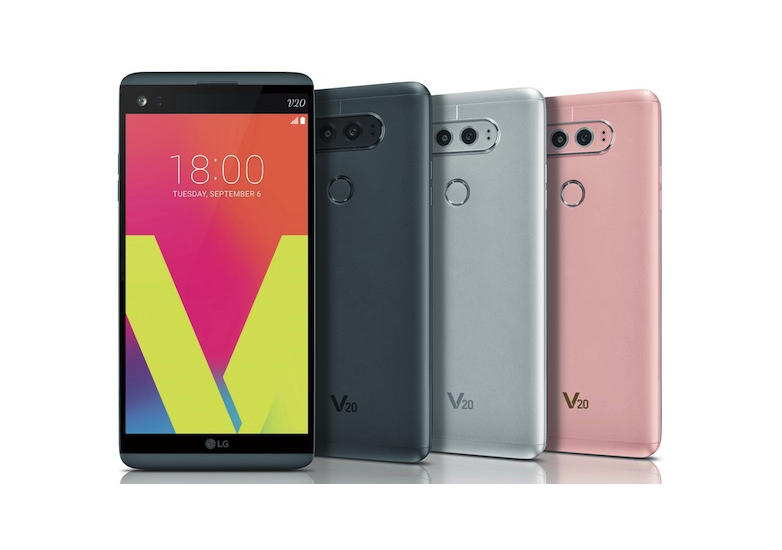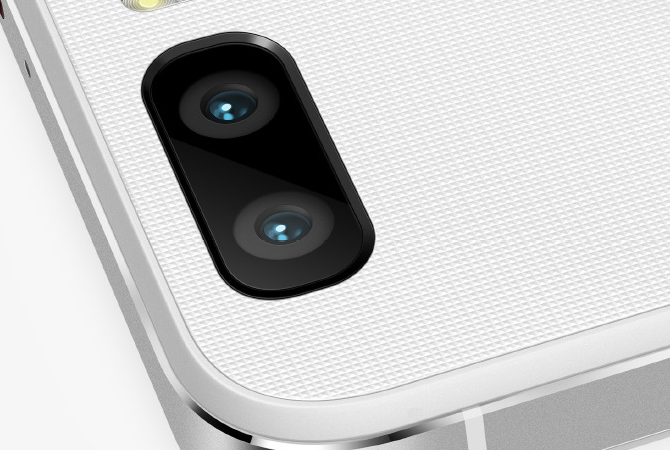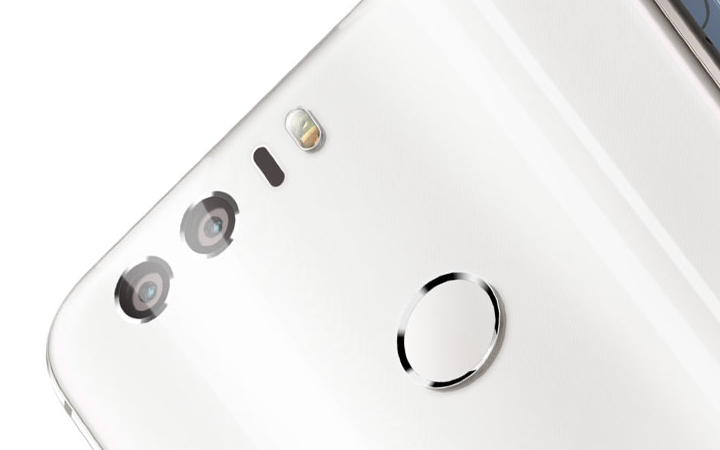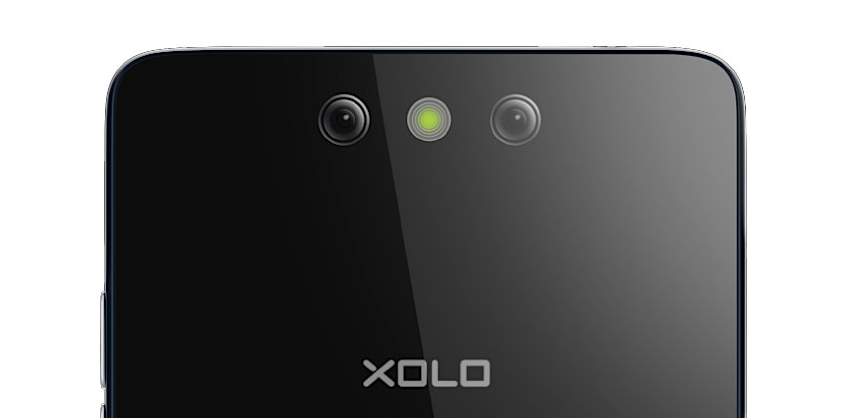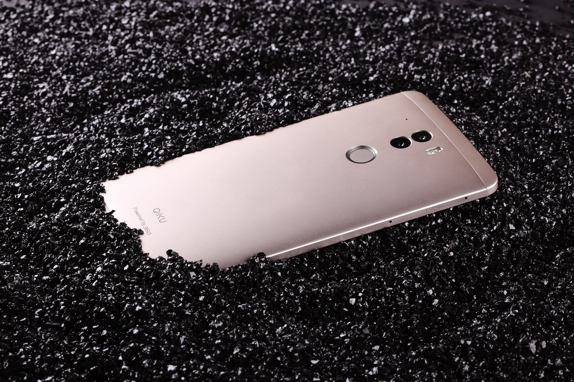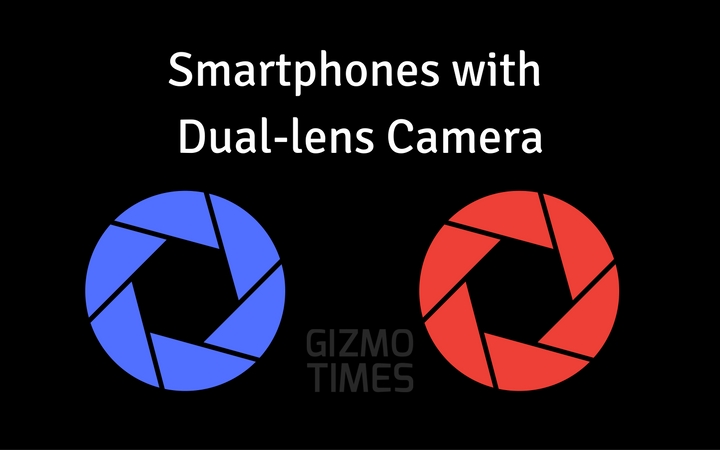
Dual camera setup on the back has an existence since over two years now because HTC introduced that in the One M8 smartphone and then there were several phones coming with their own unique combinations that offer different use cases, and that is good because you know what to expect from a dual-lens rear camera when buying a particular phone having it.
Before we jump into the list of phones, let’s talk a bit about what the Dual-lens camera is all about and how does it offer better features than a single standard camera that you see on most of the smartphones. The two lenses in the system have their own sensors and the cameras are placed quite close to each other in most of the cases.
Unlike how it was earlier, now the dual-lens camera setups offer more than just measuring the depth of field. For example, the Huawei P9 has two different sensors that not just do the depth-of-field calculation but also offers the users with better quality of capture because of a monochrome sensor included in one of the lenses.
Also, even if it isn’t the case with all of them, most of the dual cameras have a faster focus capability in smartphones. Thanks to the software support, these dual lens camera smartphones have a capability of refocusing on the subjects even after the capture is done. Remember that this kind of technology was there in specially made cameras just a few years back but now, the smartphones can do that, thanks to the advancement in technology.
Now, let’s check out the list of smartphones that have a Dual-lens rear camera setup, and also check what’s so good in each of them.
List of smartphones with dual camera on back
Huawei Honor 6X
The Honor 6X was released in January of 2017 after showcasing it at the CES 2017. It has a Dual-lens camera at the rear with a 12MP and 2MP sensors. It comes with the 6P Lens and Phase Detection Autofocus (PDAF). One of the lenses has monochrome sensor while the other has RGB sensor. This makes the perfect setup to take the snaps beautifully. The pictures are captured with a perfect bokeh effect such as in SLRs.
Speaking of other specifications, Honor 6X features a 5.5-inch full-HD display and runs on the company’s home-brewed octa-core Kirin 655 processor. It is powered by 3340 mAh battery and supports fast charging technology.
Huawei P10 and P10 Plus
The Huawei Honor P10 and Honor P10 Plus sports a dual-lens camera. One of the sensors being 20MP and other is 12MP are provided by the Leica optics. It has Phase Detection and Laser Autofocus. It is capable of recording 4K videos at 30fps and 1080p videos at 60fps.
Coming to the other specifications, both the phones are powered by the Huawei’s home brewed HiSilicon Kirin 960. They both have an 8MP front camera.
LG G5
LG having decided to equip the LG G5 with the Dual-lens camera had made the LG G5 successful. The dual camera on the G5; has 16MP and 8MP sensors with Optical image Stabilization (OIS). The 8MP sensor on the rear is capable of taking wide angle shots. The rear sensors are capable of shooting 4K videos at 30fps and slo-mo videos at 120fps.
Coming to the other specifications of LG G5, it has 5.2-inch Quad HD display with Snapdragon 820 under the hood. It has 4GB of RAM and 2800 mAh battery.
LG G6
The LG G6, same as its predecessor LG G5 also has the Dual-lens camera in the rear. This time LG has decided to put up two 13MP sensors on the rear instead. The first 13MP sensor can take snaps with f/1.8 and comes with OIS (optical image stabilization) and Phase detection Autofocus (PDAF) while the second 13MP sensor can take snaps with f/2.4. It is capable of shooting videos in 4K at 30fps and 1080p at 60fps.
Talking about other specifications, the LG G6 has a 5.7-inch 4K display and is powered by the best in class Snapdragon 821. It has a battery capacity of 3300 mAh and supports Quick Charge 3.0.
Lenovo Phab2 Plus
The Lenovo Phab2 Plus boasts a dual 13MP f/2.0 sensors on the rear which have Augmented reality effects. The dual camera setup on the back makes the snaps which come out very beautiful with bokeh and other special effects.
Coming to the other specifications, it has a 6.4-inch full HD IPS LCD display and an Octa-core 1.3 GHz Cortex-A53 Mediatek MT8783 processor paired with 3GB RAM and 32GB of storage capacity.
Xiaomi Mi 5s Plus
The rear camera of the Mi 5s Plus has the dual-lens camera of two 13MP f/2.0 sensors. One of the sensor being a color sensor and the other is the monochrome sensor. It captures the photos in a beautiful way with all the SLR effects including bokeh effect.
Talking about other specifications, the Mi 5s Plus comes with a 5.7-inch full HD 1080p display and is available in two variants based on storage priorities. The rear cameras are capable of shooting 4K videos at 30fps and 1080p at 60fps.
HTC One M8
HTC calls this the Duo lens camera and it comes with features such as UFOCUS, where you can change the focus later after the capture is finished. Though it is what a dual-lens camera setup ideally does, HTC couldn’t do more than this on the One M8.
But credit to HTC for being an early bird in this field, which is now one prominent good feature that even one of the largest brands in the world, Apple, has considered having two cameras on the back of its latest iPhone.
Huawei P9 and Huawei P9 Plus
The dual-lens camera combination given on the Huawei P9 and P9 Plus is a unique one. That is because while one lens has a standard RGB sensor, the other lens has a monochrome sensor. The monochrome sensor allows more light capture and thus, a proper detail is held by it, while the RGB sensor takes the color calculation, both of which work together to come up with a perfect capture with neat color saturation.
Also, if that is not enough, the monochrome sensor works well to take the Black and White photos separately. And the bokeh effect, i.e. the background defocus that is done with the measurement of depth-of-field is also done with a good software help. Huawei has worked with Leica to come up with this good combination and some standards are maintained even on the software side, so you finally see some quality captures thanks to the two cameras on the back.
Apple’s iPhone for 2016, i.e. the iPhone 7 Plus variant now has a dual camera on the back. This is for the first time that Apple has used two cameras to work on different things and come out with a better capture than what would come from a standard camera.
The functioning of the cameras is different from the other offerings, though. This is because the two 12-megapixel lenses in the iPhone 7 Plus are Wide-angle and telephoto cameras, where the telephoto lens can do some optical zooming, and the other lens is useful for wide-angle shots. Of course, you’d be able to do a lot more, including the depth of field and focusing as well.
The LG G5 carries the great camera quality ahead from its predecessor, the LG G4. But the G4 had a good 16-megaxpixel camera while LG had added a secondary lens beside its 16-megapixel camera, and the 8-megapixel shooter here is a help for wide-angle shots.
When using the camera, if you are zooming into a subject, the camera gets automatically changed and you get a wider shot or you can always directly choose to switch to the other lens. It also offers other camera features like defocusing, and after how well LG did on the LG G4, you can expect great quality captures on the LG G5 as well.
The LG V20, just like the LG G5 has a 16 megapixel (f/1.8) and an 8 megapixel (f/2.4) wide angle sensor. The V20 is a better handset in several ways and thus, costs a premium. In fact, LG V20 is the first phone to run Android 7.0 Nougat OS.
The V20 runs on Qualcomm Snapdragon 820 processor and the camera on the back can capture 4K videos. The wide-angle camera is capable of taking a 135-degree shot.
Huawei Honor 6 Plus
The Honor 6 Plus was the first attempt from Huawei in having two cameras together on the back. It was a good one but the results were not as impressive as one would have expected but the majority of the blame goes on the software because the cameras were decent enough.
If the camera was still good enough because there was not much competition faced in that department, the device seemed a bit disappointing.
The Honor device offered for 2016 is the Honor 8, and it also comes with the dual camera setup. This combination is working well for Huawei and no surprises why they are using it again and again.
In the Honor 8, you won’t see the Leica branding but everything else is almost the same that we have seen in the Huawei P9, so you are getting to see two 12-megapixel lenses, with one having an RGB sensor and other one having a monochrome one.
XOLO Black
XOLO Black was one of the most affordable smartphones having this combination of dual cameras. It had a 13MP+2MP combination where the regular 13MP camera does the capture part and the 2MP camera records the depth of field to defocus the background in the picture.
It was honestly a good attempt from XOLO because none of the other smartphones having a dual-lens camera had a price that could challenge this one.
Qiku Q Terra
Qiku is not a very well-known name when it comes to smartphones, but it still attempted to have a unique camera combination that makes the device stand out from the crowd. The Qiku Q Terra has two 13-megapixel cameras, one below the other.
The Q Terra has a Sony IMX278 RGBW CMOS Image Sensor and IMX214 MONO Black&White night vision sensor. The first feature adds a white pixel to every pixel, improving the amount of light by 40% and removing 78% of the noise from any image or video captured in low-light environments.
ASUS ZenFone 3 Zoom
The ASUS ZenFone 3 Zoom was announced at the CES 2017 event in Las Vegas. It features a dual-lens camera on the back but it is a different combination than others. The one here is similar to one in the Apple iPhone 7 Plus, where the second lens is for zooming in having 2.3x optical zoom and up to 12x zoom.
Other phones that have a Dual-lens camera
- TCL 598
- ZTE Axon Pro
- ZTE Axon Elite
- Coolpad Cool1 dual
- Vivo Xplay 6
- Gionee S9
- Micromax Dual 5
- Micromax Dual 4
- Huawei Honor Magic
- Huawei Mate 9 and Mate 9 Pro
- HTC Butterfly 2 and Butterfly 3




